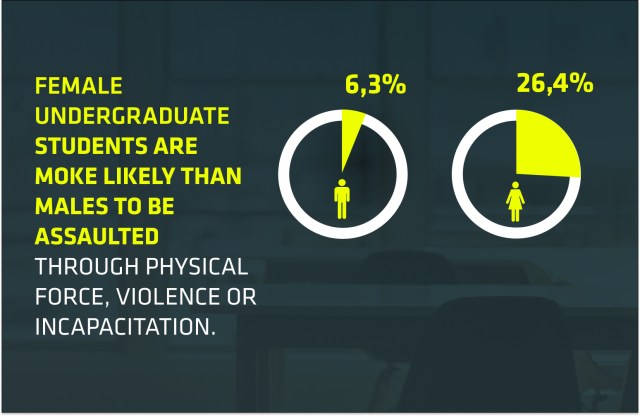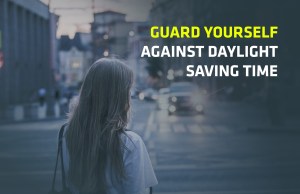When you send your child off to school, it doesn’t matter if it’s primary school or a university, you expect a safe space where education, relationships and creativity prevail. Unfortunately, school has become a place where students witness or become victims of crimes like bullying, robberies, hate crimes, sexual harassment or assault, and gun violence. Some of these crimes happen on school premises and some at school-related functions and social events.
Research suggests 1 in 10 college students will be raped or sexually assaulted during their college years. For undergraduate students, 26.4% of females and 6.8% of males will endure rape or sexual assault through physical force, violence or incapacitation. Another report states college-age Americans are the most likely group to suffer any type of violent crime.
This threat of crime reduces a student’s sense of security and safety. It impacts their academic performance, school attendance, and mental health, exacerbating depression, anxiety and behavioral issues.
At the college level, these situations can become even more impactful, as students lack the supervision, support and advocacy of their parents.

Campus Crime Stats
According to findings published in June 2022 from the School Survey on Crime and Safety, there were 27,300 crimes on postsecondary education campuses in 2019-2020. That’s nearly 19 reported crimes per 10,000 full-time students. Of these reported crimes, 43% were forcible sex offenses, 33% were burglaries and 11% were motor vehicle thefts.
Nearly 3% were classified as hate crimes, defined as a crime “motivated, in whole or in part, by the perpetrator’s bias against the victim based on race, ethnicity, religion, sexual orientation, gender, gender identity or disability.” Race was the motivating factor in 45% of the reported hate crimes. In 22% of the cases, it was sexual orientation.
The U.S. Department of Education offers a database to search safety statistics on college campus across the country. Look up your child’s current school or use it to compare prospective schools your child is considering attending.

College Campus Safety Precautions
To promote the safety of students, staff and faculty, many campuses have increased their security measures. This process includes fully screening staff and volunteers, issuing school identification cards and mandating guest sign-ins. Many schools have also added video and surveillance cameras, installed metal detectors and hired armed guards.
In addition to enhancing safety equipment, schools are also increasing student services to deter violent acts and offer support to those who experience them. These can include:
- Anti-bullying programs
- Zero tolerance policies
- Counseling services
- Behavioral interventions and support
- Conflict management and resolution
Campuses are pairing with their local communities to ensure student safety. Community engagement, outreach programs and social events bring students and neighbors together and have been shown to reduce crimes.
Maximize Student Safety
It doesn’t matter that they’re grown, you still worry about your child, especially when they’re away at college. Although you can’t guarantee no harm will come to them, you can prepare them by teaching the basics of self-defense and personal protection.
One of the most valuable skills is situational awareness. By observing their surroundings, students are more likely to recognize threats and act accordingly. It’s also important that they make mental maps of their location and can locate entrances and exits of buildings.
At night, students should travel in groups and stick to well-lit areas. If going to a social event, plan regular check-ins with friends to ensure everyone is safe and accounted for. Encourage them to carry flashlights, whistles, and, if allowed by campus policies, a personal protection device like the TASER Bolt 2 or StrikeLight 2. The Bolt 2 can pair with a companion safety app that can alert emergency dispatch of your teen’s GPS location in case of emergency. When students have a way to protect themselves, they can reduce their risk of being victimized and stay as safe as possible.







